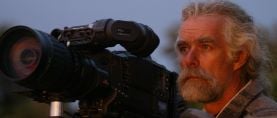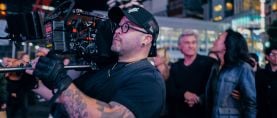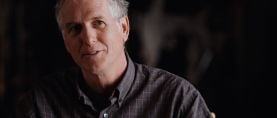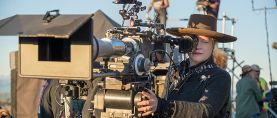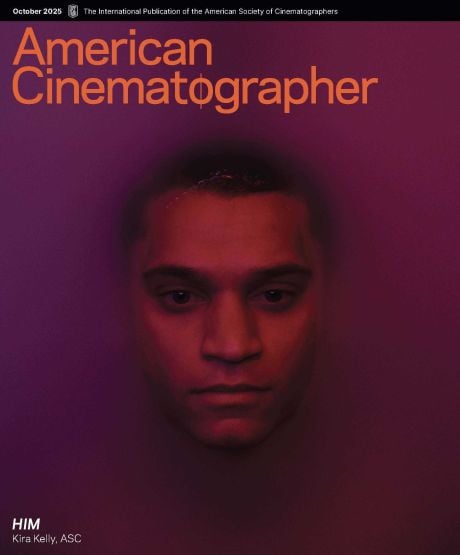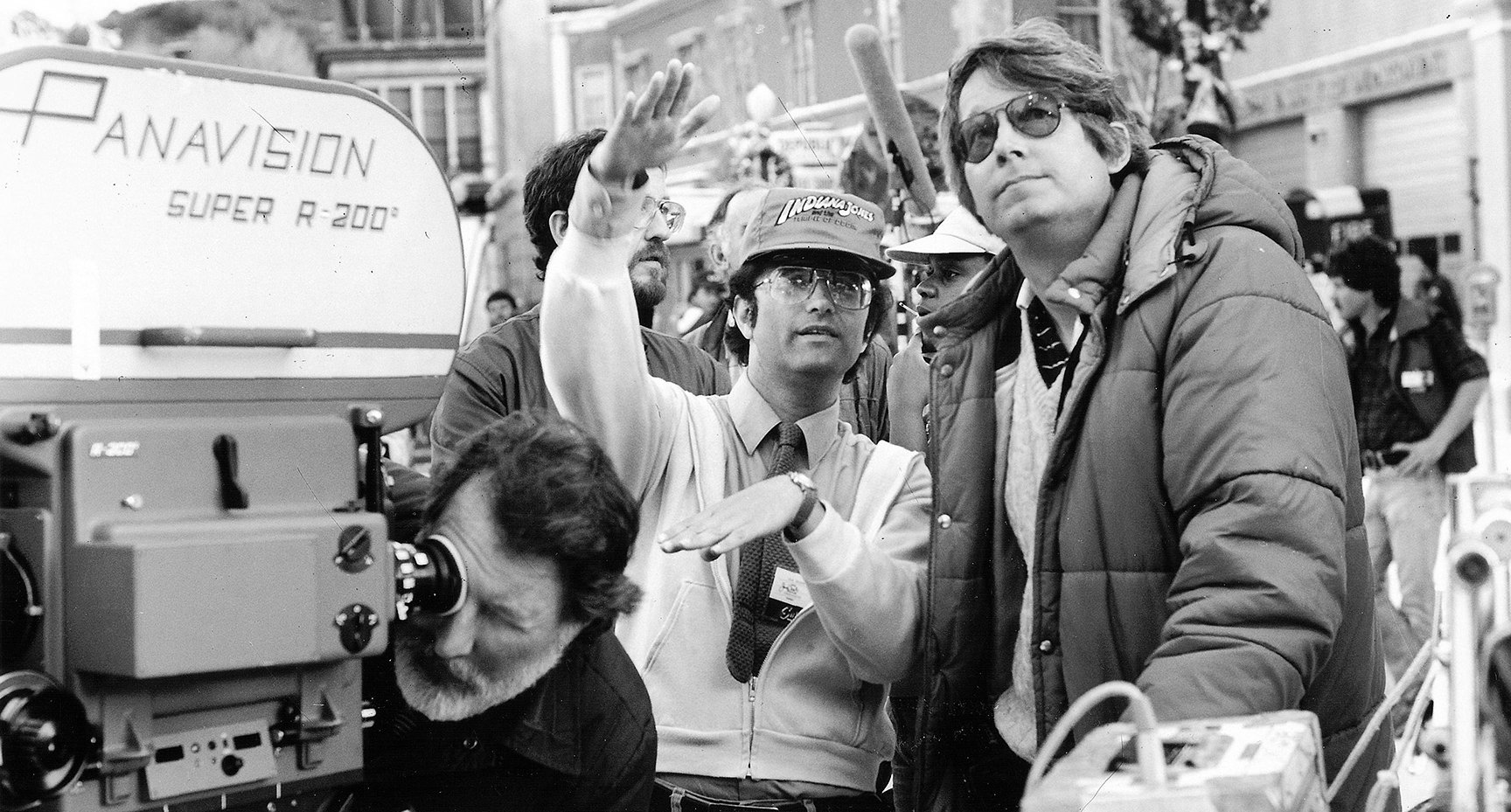
In Memoriam: John C. Hora, ASC (1940-2021)
Best known for his fantastical collaborations with director Joe Dante — including The Howling, Gremlins, Explorers and Matinee — the cinematographer unexpectedly died on February 9, 2021.
Best known for his fantastical collaborations with director Joe Dante — including The Howling, Gremlins, Explorers and Matinee — the cinematographer unexpectedly died of heart failure on February 9, 2021.

Born on February 16, 1940, in Pasadena, Calif., John C. Hora became interested in motion pictures at an early age. “It’s genetic,” he joked in an “ASC Close-Up” profile in 2007. “My father was an advanced amateur still photographer who attended Art Center School of Design. My maternal grandfather had his own photo studio in Missouri; he had acquired it from his father, a contemporary of Mathew Brady. I grew up in a house of cameras, film, darkrooms, tintypes, old glass plates, photography books and magazines, and lots of music, too.”
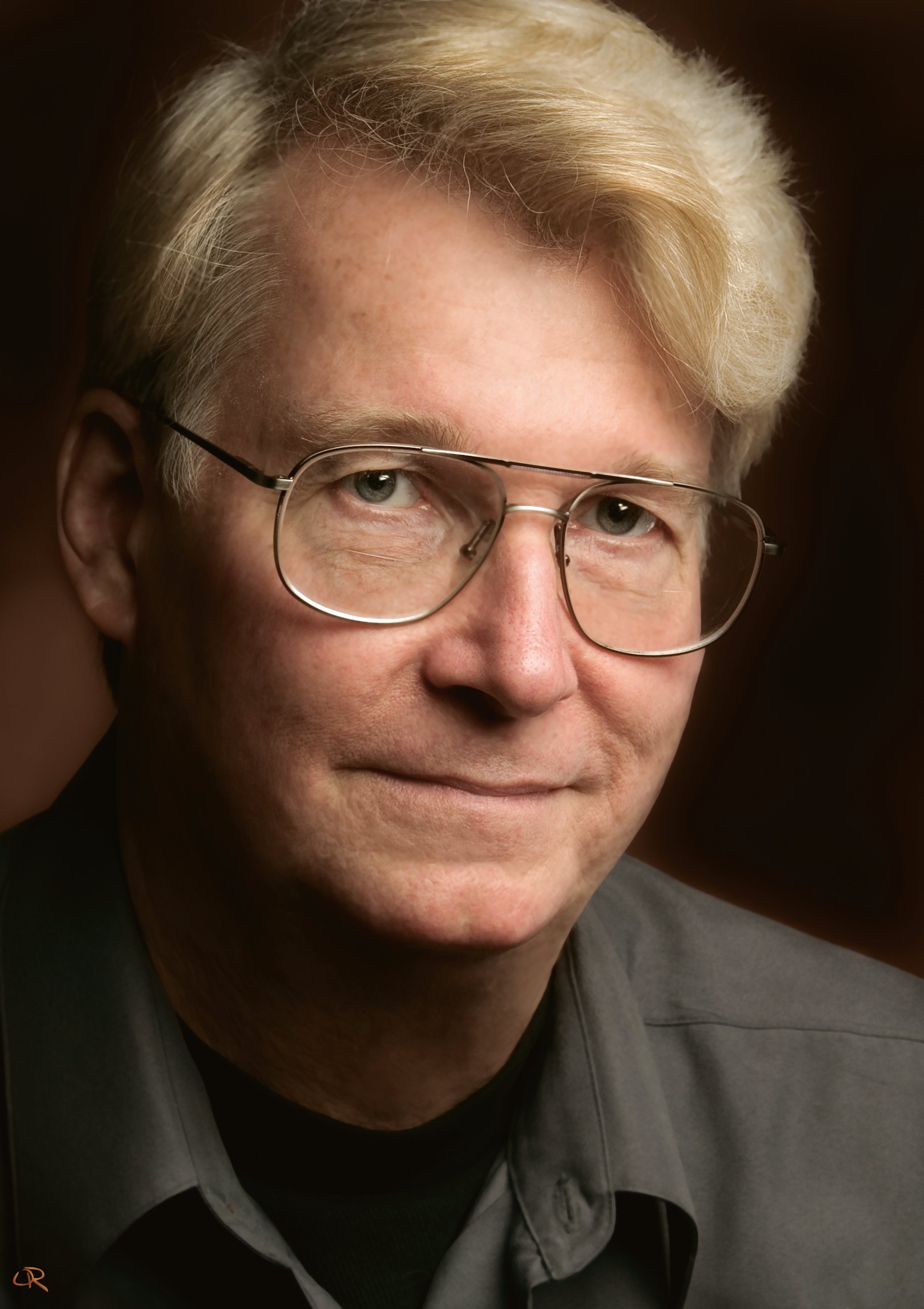
Asked what film made the strongest impression on him as a child, Hora replied,“Bambi, because his mother dies. I’m still dealing with it. I was also fascinated by films with elements of fantasy, science and adventure that took place in remote or fanciful worlds: The Day the Earth Stood Still, The Thing from Another World, The Ghost and Mrs. Muir, When Worlds Collide and The War of the Worlds.
“My folks certainly instilled me with intellectual curiosity. I saw American films every weekend at the theaters in Pasadena, immersing myself in the Hollywood product.”
Steeped in American cinema, friend Dennis Jakob then introduced Hora to the rest of the world: “The Russian cinema of Eisenstein, and French and European films. We saw Battleship Potemkin together at the Cornet Theater, and I was reborn. Also, the documentaries of Pare Lorentz and others of the period are rhapsodic. Dennis went on to UCLA and later worked with Francis Ford Coppola.”
Not a natural student of traditional subjects, a teacher urged Hora to follow his creative interests, which inspired him to pursue filmmaking.
He later studied at the University of Southern California, where he was a roommate with future producer Gary Kurtz. “None of my teachers at USC had worked in ‘Hollywood,’” Hora noted. “We were told that no USC graduate had worked even one day for the studios, and that was accurate. Dick Kendal was my photography instructor. He had full command of all things technical and was a friend of Jimmy Wong Howe [ASC], who visited us on occasion. One of the best things about USC was seeing films; there was no home video at that time, so seeing films from every genre and country every night was unusual, wonderful and important.”
Such screenings helped develop his love for the work of cinematographers who became his idols: “The great black-and-white guys, like [ASC members] Gregg Toland, James Wong Howe, Stanley Cortez and Arthur Miller, were all unbelievably good. Back then, the style of a studio, a producer, a composer or cinematographer could be identified without reading the credits.
“In terms of color cinematography, [I sought out] anybody associated with Gone with the Wind and William Cameron Menzies. Jack Cardiff, BSC was the first cinematographer I came to recognize by name and whose work I sought out. Leon Shamroy, ASC’s color work from Leave Her to Heaven right up to Cleopatra is luscious, with the possible exception of South Pacific. I saw Haskell Wexler, ASC’s early effort Stakeout on Dope Street and followed his and [director] Irvin Kershner’s work from then on.”
After graduation, Hora sought his first break into the business. “My mother demanded that I get a paying job,” he recalled, “and a friend whose father was in advertising directed me to John Urie and Associates, a commercial-production company. I was hired on the basis of the experimental abstract films I had made with Dennis Jakob. I shot ‘experimental projects’ for Urie and also worked as 1st AC for Ed Martin, another mentor.”
One early project for Hora was the documentary The New Gladiators, directed by Bob Hammer, financed by Elvis Presley, and co-photographed by future ASC member Allen Daviau — also then working to build a career. Filmed in 1973 and ’74, it focused on the growing martial arts scene in the U.S., and some 50,000’ of footage was shot before Elvis’ sudden death, which put the project into hibernation until the material was resurrected in 2002 and the film finally completed.
After shooting his first theatrical feature — Big Mo (1973) — Hora continued to gain experience with commercial, feature and television assignments before landing the self-aware horror project The Howling (1981), his first collaboration with director Joe Dante. “[We] have an interesting, comfortable relationship,” the cinematographer told AC. “Perhaps it’s because Joe has a sardonic sense of humor and I have what has been described as an over-developed sense of irony.”
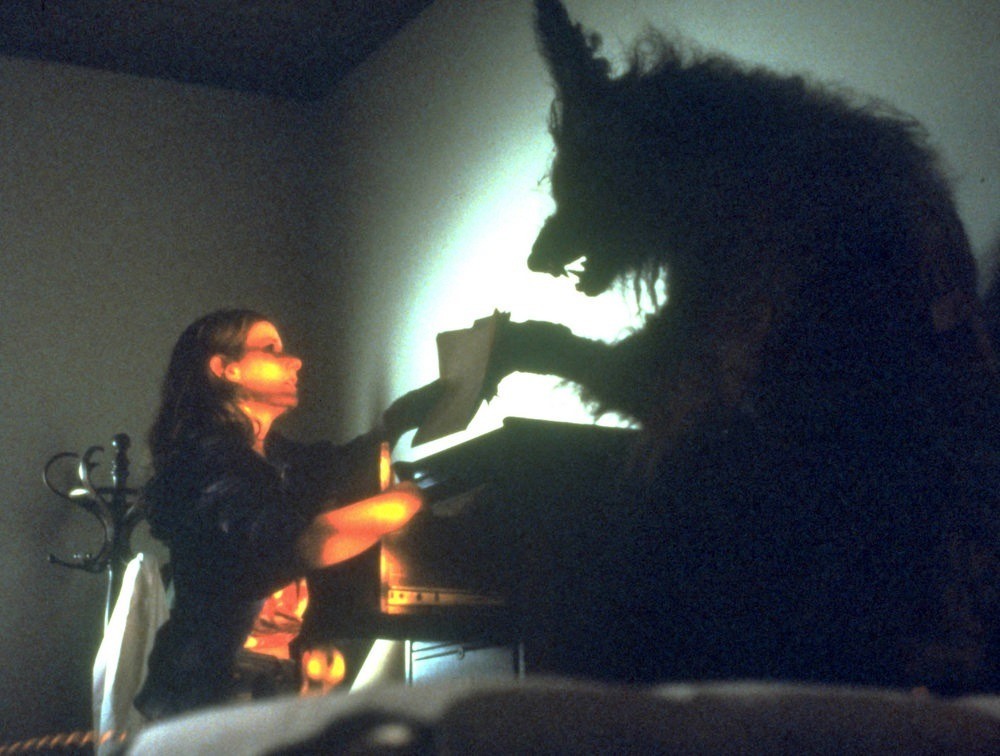
The filmmakers brought a smart sense of humor to this modern tale of lycanthropy, with Hora relying on a dramatic lighting approach featuring rich hues, deep shadows and dutched angles to help sell both the suspense and horrific effects courtesy of artist Rob Bottin. Deftly using variable frame rates to judiciously speed up or slow down key shots in the memorable werewolf transformation sequences, Hora added a strange energy to the work. “It helped hide the fact that the rubber [monster] was what it was,” Hora later said in the 2003 documentary Unleashing the Beast: Making ‘The Howling’. “And a lot these [effects] were taken to the limit, until they would break, because the rubber had a limit, but nobody knew where it was until we did break it.”
Their creative gambles paid off. The success of The Howling brought Hora and Dante acclaim and new opportunities, leading to contributing the memorable “It’s A Good Life” segment of the anthology feature Twilight Zone: The Movie (1983) and then the Christmas-set creature comedy Gremlins (1984).
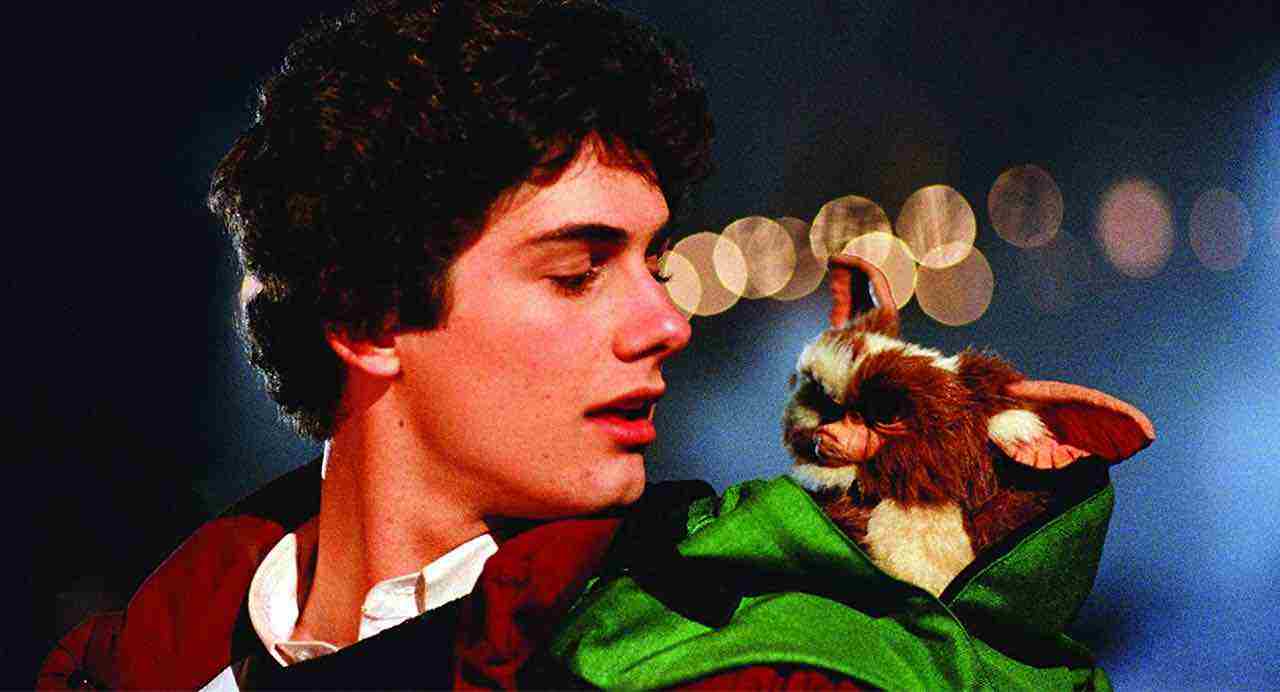
As described in AC Nov. 1984:
If there is a single word that sets the tone of Gremlins, it is “unreal.” Mixing comedy and horror equally, the look of the production ranges from the realism of the daylit snow-strewn Kingston Falls town square to the comic-book splash-panel type lighting of a boiling YMCA pool at midnight. A fan of many of the old Chuck Jones/Warner Bros. animated films of the 1940s and ’50s, (indeed, director Jones makes a cameo appearance), Dante decided that the film would also share a richly colored, cartoonish ambience. “There is a danger when you use bizarre angles and strong colors in a film,” cautions Hora, “and that is that you might come out looking too much like the old Batman television show. Still, my basic nature is to have fun with this sort of approach, and the nature of this story was such that it did not demand a serious approach. Fundamentally, on this film, Joe and I just enjoyed ourselves.”
The pair continued their collaboration on the features Explorers (AC Aug. ’85), Gremlins 2: The New Batch (AC June ’90) and Matinee — with Hora also lending a hand behind the camera on the Dante’s TV series Eerie, Indiana and feature comedy The ’Burbs.
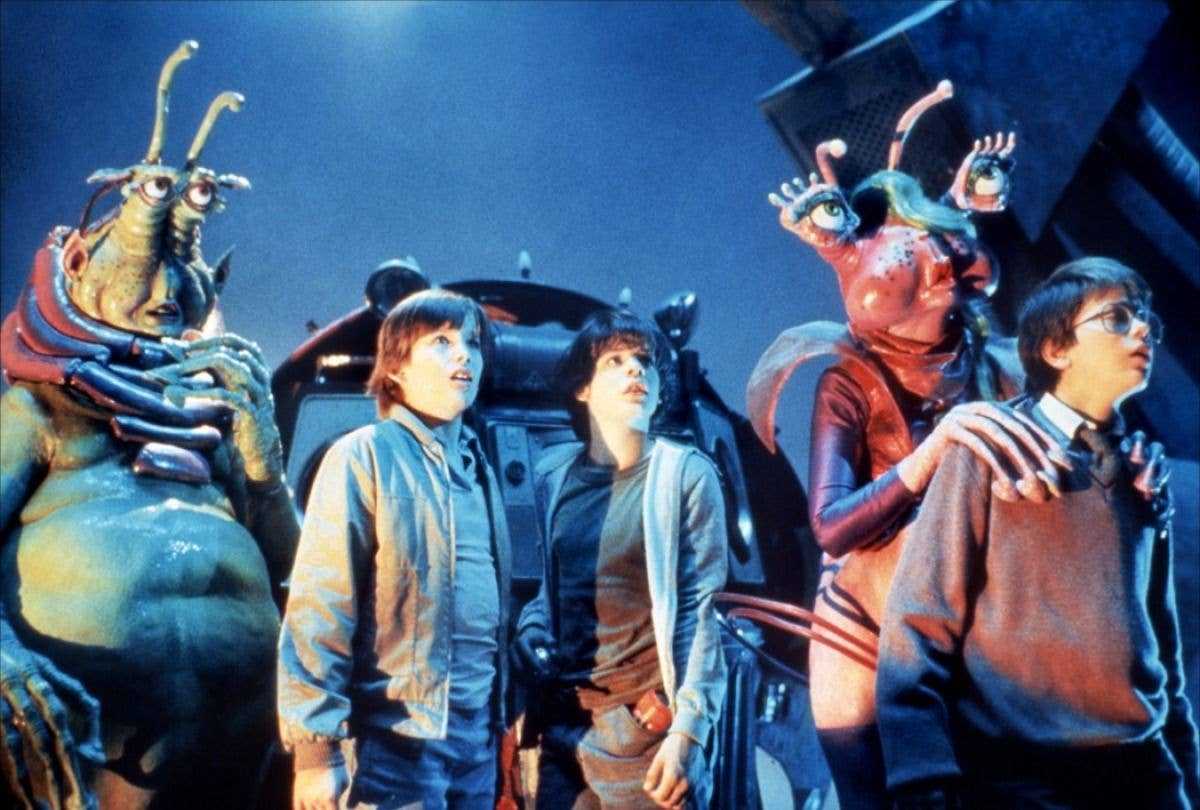
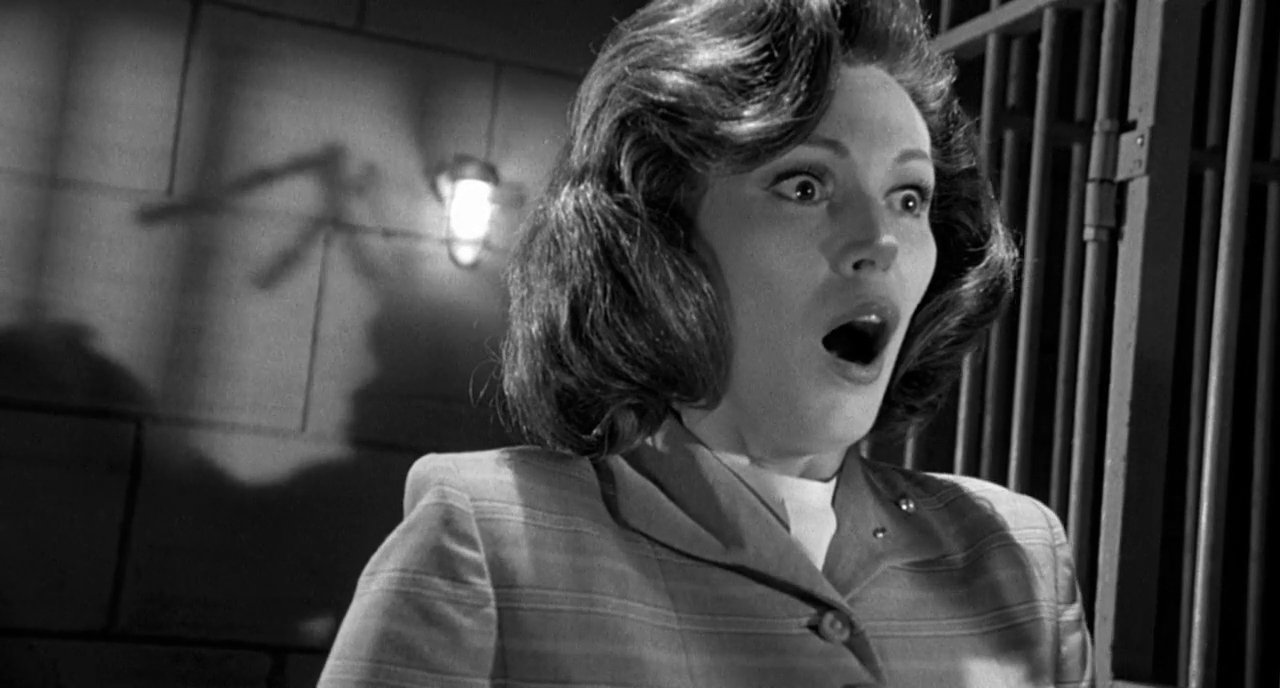
Hora also acted in the director’s sci-fi comedy Innerspace, as flummoxed scientist “Ozzie Wexler.” The casting was inspired by producer Steven Spielberg, who wondered aloud, “Why don’t we get someone like John Hora” for the part? Instead they got Hora, who soon became a member of the Screen Actors Guild.
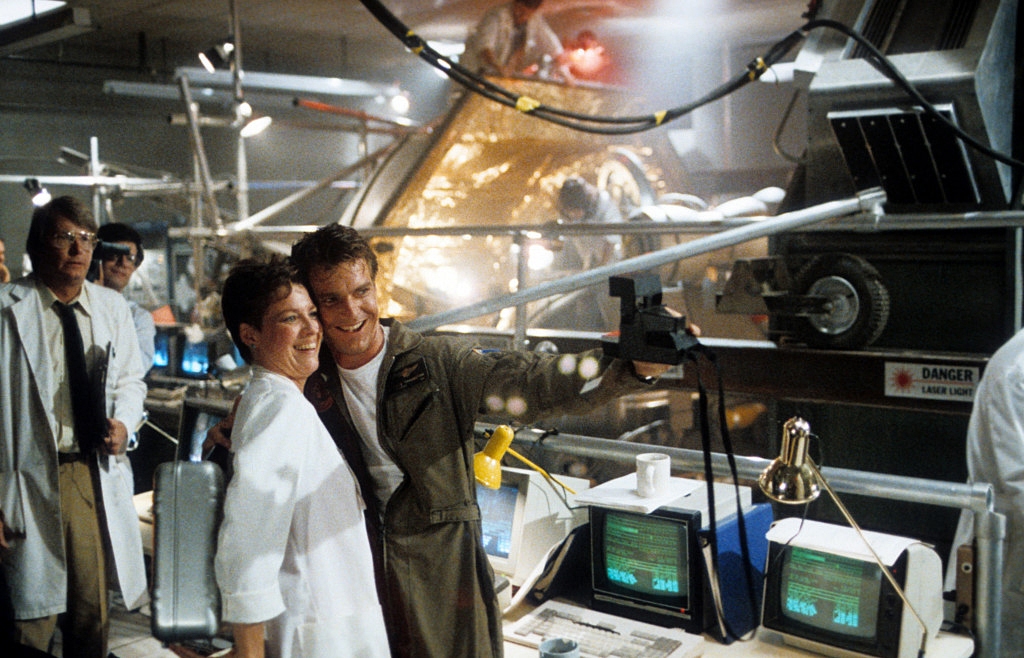
A longtime fascination with large-format films of the 1950s led Hora to serve as cinematographer on Imax films including The Journey Inside, the concluding “Banquine Sequence” in the Cirque Du Soleil film, and Journey of Man in Imax 3-D (AC Aug. ’94). He later participated in the documentary The Last Days of Cinerama, which he photographed with Douglas Knapp.
Also photographed by Hora and Knapp was the short In the Picture, directed by David Strohmaier and shot in three-camera Cinerama — the first project that had been created with the ultra-wide 35mm format since 1962; some 50 years (AC April ’13). “Because of the way the optics are set up, wherever you’re focused, you get a satisfactory blend [between the three images projected together to form a 2.65:1 screen image],” Hora explained to AC. “So, if the subject is 12 feet away and the focus is at 12 feet, he can walk across the frame and nothing bad happens.” However, if the focus is in front of an actor on the blend line, he might wind up with a second nose, and if the focus is behind the actor, at least part of the subject will disappear.”
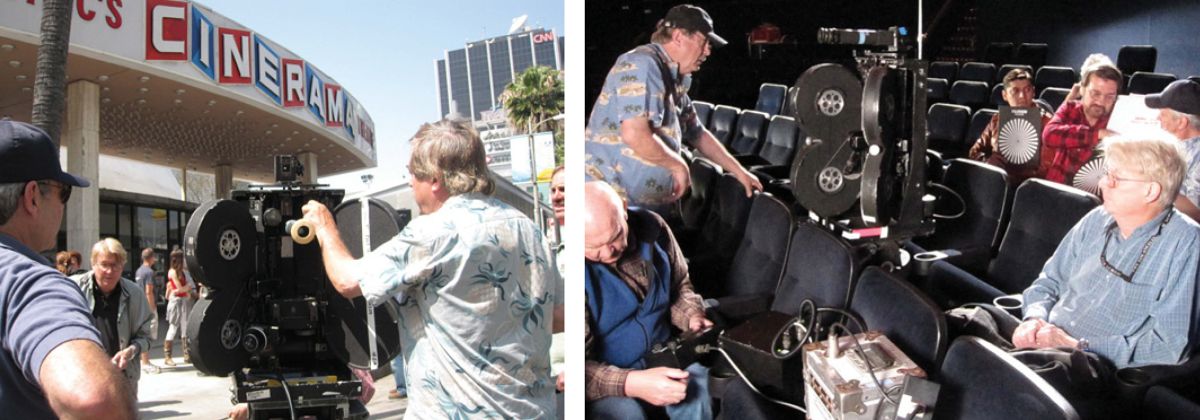
Additionally, the format “has remarkably little depth-of-field,” says Hora. “Even though it’s a 27mm lens, the image is so large you don’t have any room for error. It’s like shooting 65mm or even [15-perf 65mm] Imax. It was a very demanding format in almost every respect.”
A member of the ASC since being invited to join in 1985, Hora was recommended by Society member Jack Cooperman. “He had been my first choice as gaffer on some challenging commercials, and also a friend since my USC days,” Hora noted. “He did outstanding aerial work for me in VistaVision on Explorers.”
Hora was very active in the Society, contributing the authoritative chapter “Anamorphic Cinematography” to the American Cinematographer Manual as well as serving on the Board of Governors for many years.
And as a member of the Academy of Motion Picture Arts and Sciences, he volunteered his time with the Science and Technology Council, weighing in on the annual Sci-Tech Awards. However, he had a healthy skepticism of the “latest and greatest.”
“Today, much of the development is guided by those interested in selling equipment to consumers,” he wrote in a lengthy “Filmmaker’s Forum” column published in AC Jan. 2004, dissecting how proposed advances in theatrical exhibition presentation at the time focused only on sound while picture languished.
An avid collector of music recordings, books and motion-imaging technology, among other things, Hora at one point owned 18 cars (down from a high of 28) — including a prized 1963 Studebaker Avanti (one of three examples in his garage).
A natural teacher who loved to share his passions and encourage others, Hora also taught at the Los Angeles Film School.
Asked of the best professional advice he ever received, Hora replied, “‘It’s only a film,’ which, coupled with ‘This too will pass,’ pretty much takes care of it.”
He is survived by brother Steve Hora, niece Erika Lacro, nephew Greg Hora and his former wife and very dear friend Mary Hora Gunder.
